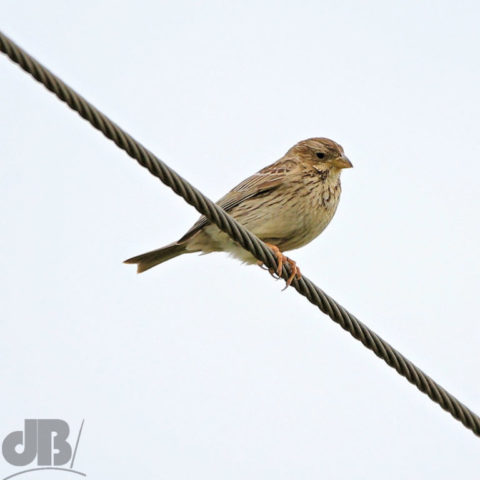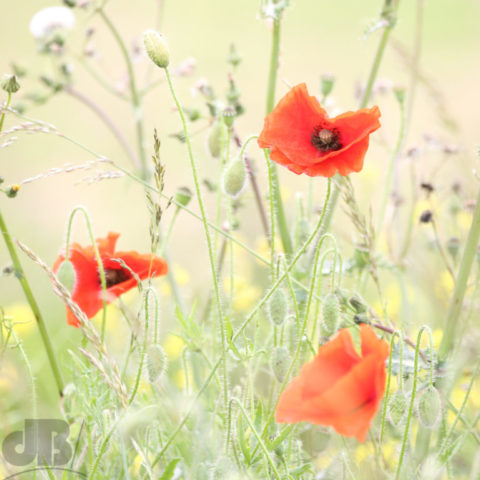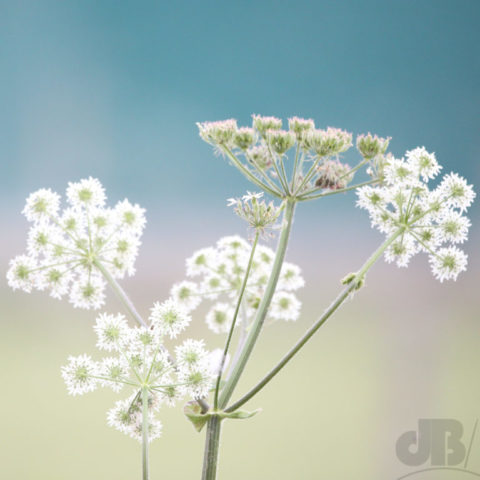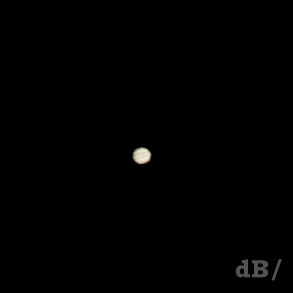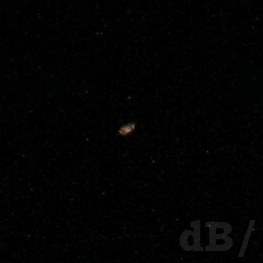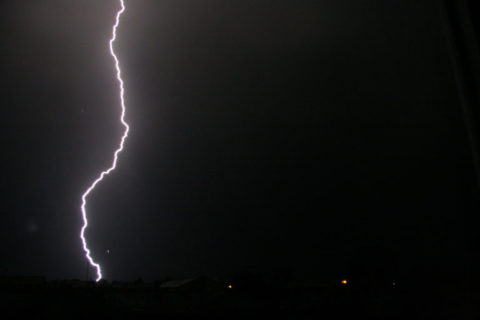If you live in the South East you are very unlikely to stumble across a Dipper (Cinclus cinclus) unless you venture further afield, heading north, west or into Wales. This bird spends its time on the rocks that litter clear mountain streams and broad rocky rivers rather than any of the deep and cloudy, fast-moving waterways of East Anglia and the counties that surround London. These shots are on the River Usk some way west of the town of Aberhonddu (Brecon), Powys, Wales,
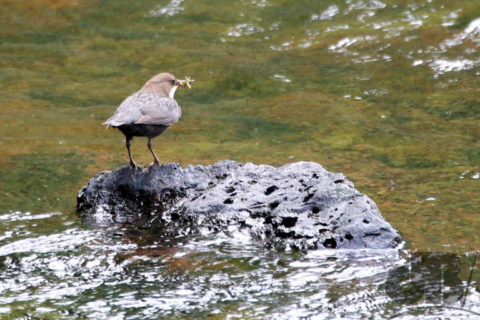
Having not snapped any in Teesdale on another trip, where the upper Tees fits the Dipper’s requirements perfectly, I was pleased to at last photograph this bird, which bobs up and down on its perch, usually with its mouth full of insects, on the River Usk in the shadow of the Brecon Beacons National Park, Wales.
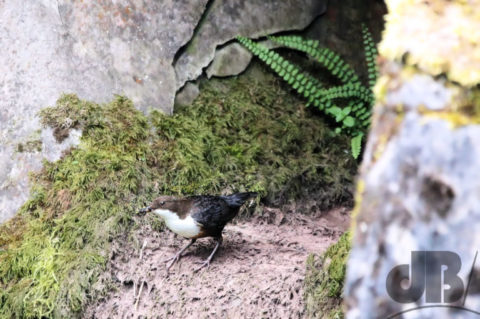
The Dipper has a white throat and breast which contrasts with dark body plumage and a ruddy belt.
On a recent trip, our hosts counted perhaps 35 bird species that I had seen; none of them except the Dipper, a lifer .Birds seen on two-day trip: Red Kite, Buzzard, Kestrel, Great Spotted Woodpecker, Song Thrush, Blackbird, Starling, Magpie, Rook, Jackdaw, Blue Tit, Wren, Robin, Treecreeper, Yellowhammer, Reed Bunting, Stonechat, Pied Wagtail, Meadow Pipit, Skylark, Goldfinch, Linnet, Willow Warbler, Chiffchaff, Wood Pigeon, Collared Dove, Heron, Lesser Black-backed Gull, House Martin, Barn Swallow, Swift, Dunnock, House Sparrow, Dipper. A couple of others as yet identified from photos. Tawny Owl heard several times, long before dark.
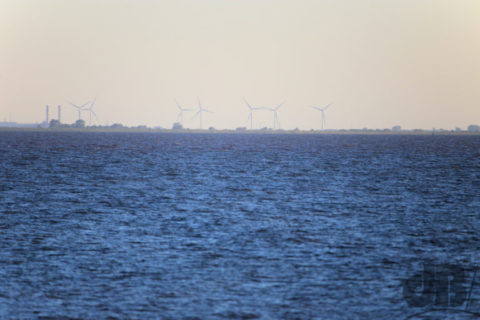
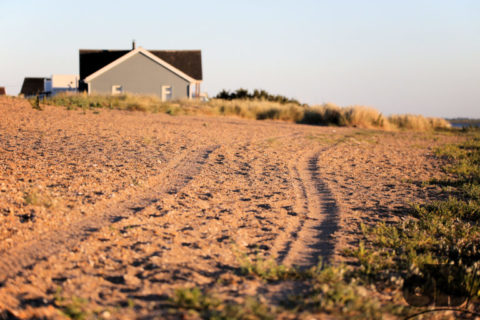
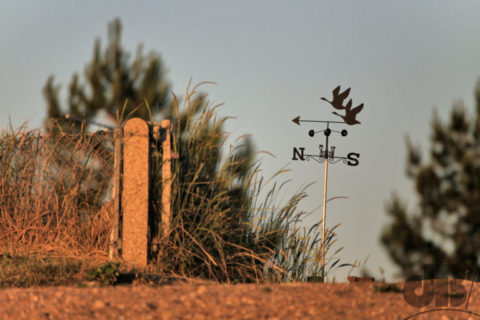 Breaker, breaker, do ya copy?
Breaker, breaker, do ya copy?
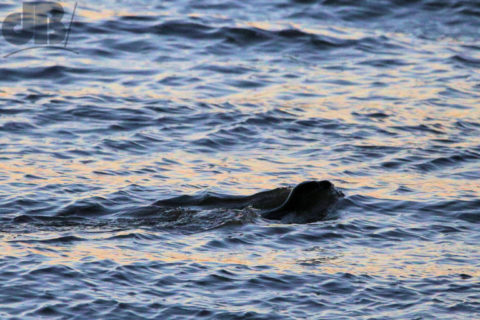 Groyne injury
Groyne injury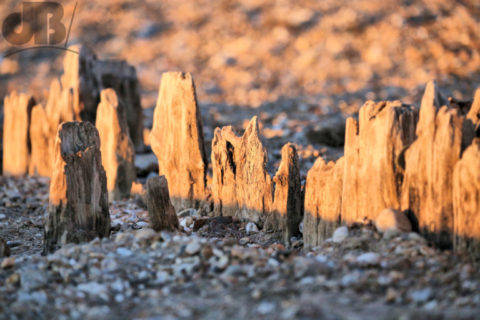
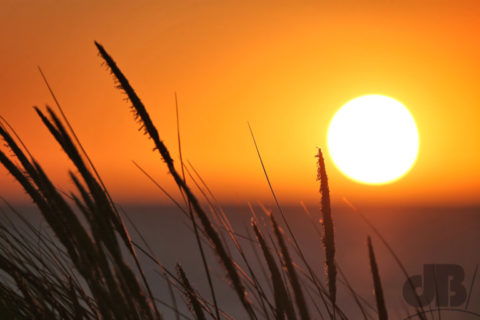
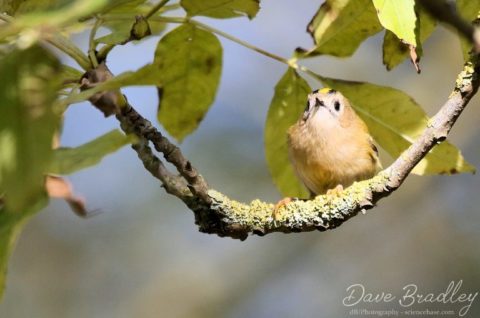
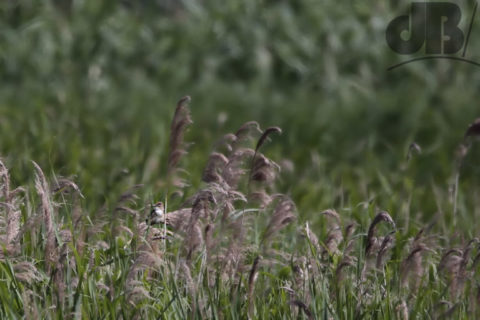
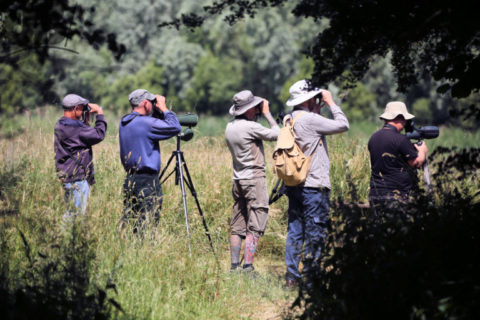
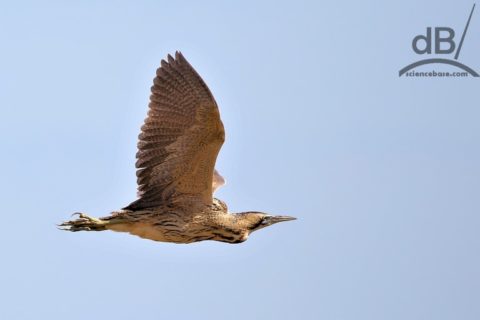
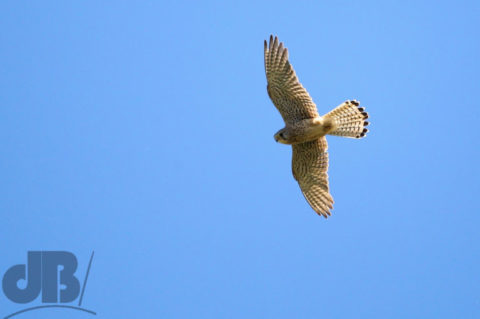
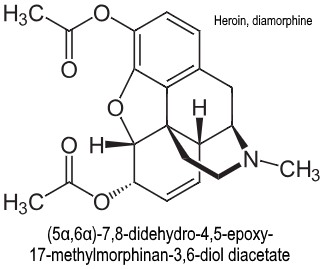
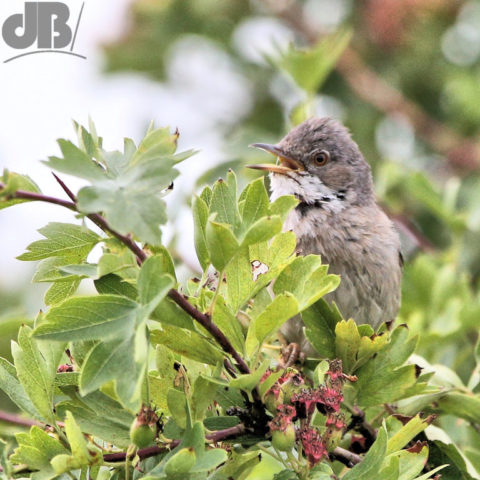
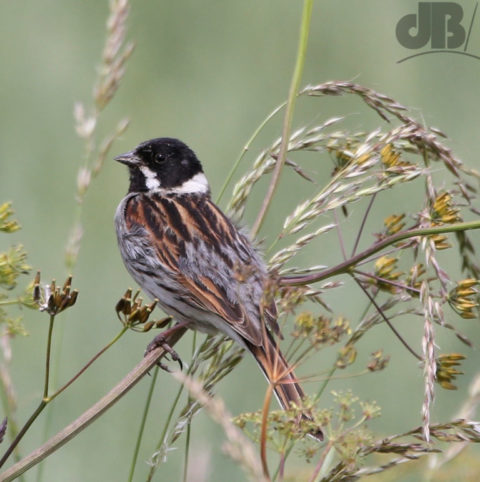
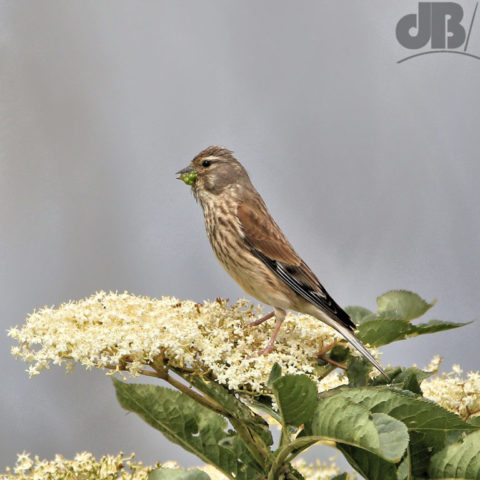 As well as the Reed Bunts, Linnets, and Whitethroats, mentioned earlier, there are also lots of Yellowhammer (Emberiza citrinella) and Corn Bunting (E. calandra) around the Cottenham Fen Edge at the moment.
As well as the Reed Bunts, Linnets, and Whitethroats, mentioned earlier, there are also lots of Yellowhammer (Emberiza citrinella) and Corn Bunting (E. calandra) around the Cottenham Fen Edge at the moment.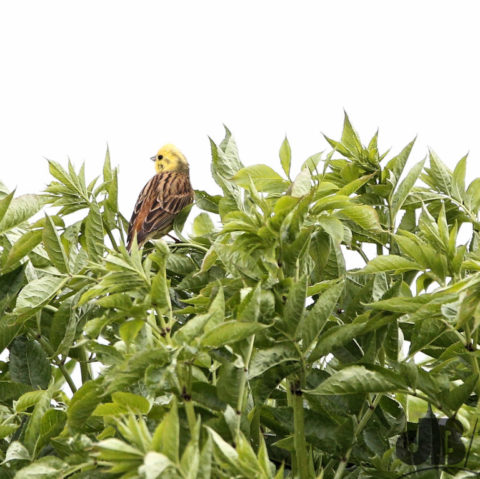 A couple of Corn Buntings perched on overhead wires allowed me to get fairly close to photograph them before flying off into the wheat fields.
A couple of Corn Buntings perched on overhead wires allowed me to get fairly close to photograph them before flying off into the wheat fields.